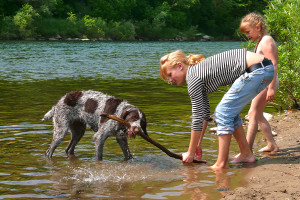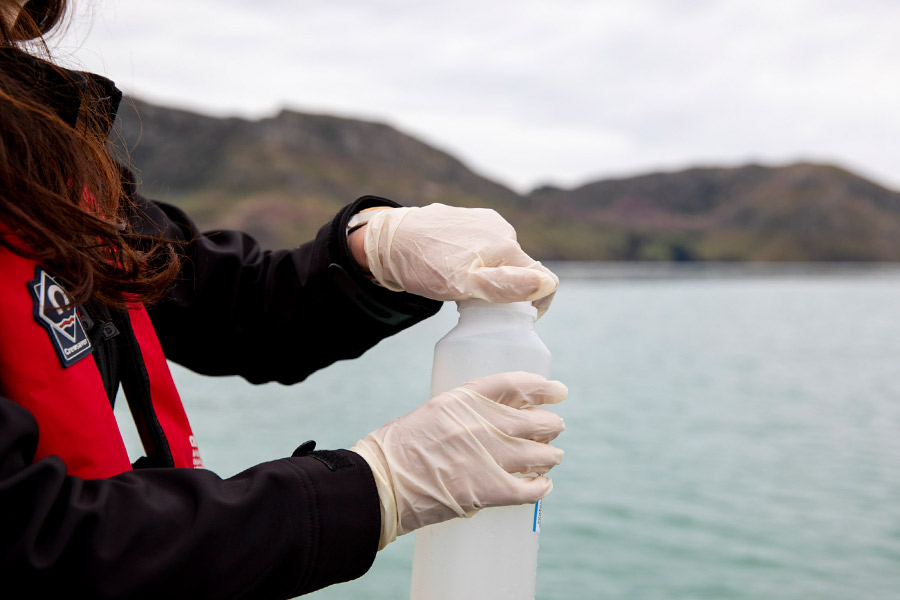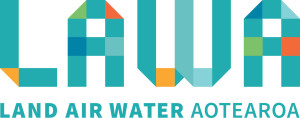Our monitoring programme
From November to March we monitor for faecal contamination at marine and freshwater (lakes and rivers) sites. We also check for toxic algae (cyanobacteria) at lakes and rivers.
Water quality and health information is a joint effort between:
- Environment Canterbury who do the testing, assessment of long-term grades and reporting;
- Te Mana Ora (part of Te Whatu Ora’s National Public Health Service) who issue and lift temporary health warnings;
- and city and district councils who erect signage to inform the public about health risks.
Water quality samples are collected in sterile pottles and sent to Hills Laboratory for analysis for bacteria, the results come back within 1-2 days of sampling and are published on the Land Air Water Aotearoa (LAWA) website.
Check LAWA for water quality
Visit the Can I Swim Here? section of the LAWA website to find where’s good to swim on more than 100 swimming spots around Waitaha, as well as sites all around Aotearoa.
The site is updated weekly through summer, generally within two days of sampling. As water quality can change, it’s best to check the LAWA website for up-to-date information so you can make informed decisions.
Water quality grades
Regular monitoring helps us to assess conditions, trends and public health risks. The grades are based on guidelines established by the Ministry for the Environment and the Ministry of Health.
Each swim site is given a long-term grade prior to the summer monitoring season for suitability for swimming and recreation. The grade is based on the last five years of bacteria sampling. Sites that are not recommended for swimming are red on the LAWA website and signage should be in place at the site.
Temporary health warnings are issued by Te Mana Ora if a water quality issue is found during weekly testing at sites that were graded as suitable for swimming at the start of the monitoring season.
Avoid swimming for 48 hours after rainfall, especially at sites that are graded fair or poor.
How to check weekly water quality results
Weekly sampling results can be viewed on the LAWA website by going to ‘Can I swim here?’ and entering the desired location.
You can then click ‘Why this status?’ for information on results at the selected location.
Clicking on ‘View as graph’ will bring up a graph of results from recent samples, with the dates the samples were taken.
The difference between temporary health warnings and long-term grades
Each site is given a long-term grade prior to the summer monitoring season for suitability for swimming and recreation, based on the last five years of bacteria sampling. Long-term grades may only change when they are reassessed after each monitoring season.
Temporary health warnings are for sites that were graded as suitable for swimming at the start of the monitoring season, but subsequently high levels of faecal bacteria are found in weekly samples. They are issued by Te Mana Ora (part of Te Whatu Ora’s National Public Health Service).
Temporary health warnings are lifted when samples show the bacteria levels are generally suitable for swimming. This may require more than one sample with low bacteria levels for the health warning to be lifted.
LAWA weekly results versus long-term grades
Because long-term grades are based on the last five years of bacteria sampling, it is possible for sites to have good weekly results while still holding a long-term grade of poor.
It is at your own risk to swim at a location with a long-term grade of poor. The long-term grade and weekly sampling results are available on LAWA so that people are informed of the risks of swimming at the sites, on any given week.
Water quality can change daily, which is why a long-term assessment of risk is used to grade a site’s overall suitability for swimming. Long-term grades are based on data from the past five monitoring seasons.
Results can take 1-2 days to be returned after samples are collected, meaning weekly results are not reflective of real-time water quality.
Calculating long-term grades
We use the Ministry of Health guidelines to calculate long-term grades. To work out the risk, we use the past five years of samples (minimum of 15 samples per year).
For enterococci testing at coastal sites, the guidelines say that if a site has more than 5% of samples (i.e., 5 out of 100) exceed 500 enterococci/100ml (coastal waters) then that site is deemed to have a high overall health risk and is not considered suitable for primary contact recreation (such as swimming).
For E. coli testing at river and lake sites, the guidelines essentially determine that if a site has more than 5% of samples (i.e. 5 out of 100) exceed 550 E. coli/100ml (coastal waters) then that site is deemed overall to have a high health risk and is not considered suitable for primary contact recreation.
Long-term grades are reassessed at the end of the current monitoring season and updated annually.
How bacteria gets in the water
Some sources of faecal contamination can be from human and animal poo (including dogs, birds and livestock), stormwater, or wastewater overflows. When there are high levels of faecal contamination we may investigate further to best determine the source.
Heavy rainfall can often cause increased runoff of faecal bacteria into our water. We recommend people avoid swimming for 48 hours after heavy rain at all swim sites.
Symptoms of illness from faecal bacteria
Faecal pathogens (such as bacteria and viruses) can cause gastrointestinal illnesses (including diarrhoea and vomiting); respiratory diseases; and eye, ear, nose, throat and skin infections.
For information on illness and symptoms contact Te Mana Ora, part of Te Whatu Ora’s National Public Health Service on (03) 364 1777.
What can I do to improve water quality?

It may only take a small amount of poo to cause a faecal bacteria exceedance.
We ask the community to be responsible, tips include:
- Scoop up any dog poo and dispose of it in the rubbish. If dog poo is left, rain can wash it into the water or stormwater. Do not let your dog swim in the water when the local council has restrictions in place.
- Always use the toilets provided and make sure babies and toddlers use swim nappies.
- Dispose of any toilet waste from boats and campervans responsibly.
- Be a Stormwater Superhero - trash, metal, dust, or dog poo can end up in our waterways through the stormwater system.
Related information
- Visit the Land Air Water Aotearoa (LAWA) website.
- For more information about water monitoring read the LAWA factsheet.
- Can I swim here? Check the water quality before you get in.
- Keeping dogs safe from toxic algae.
- Read more about cyanobacteria on our health warnings page.


